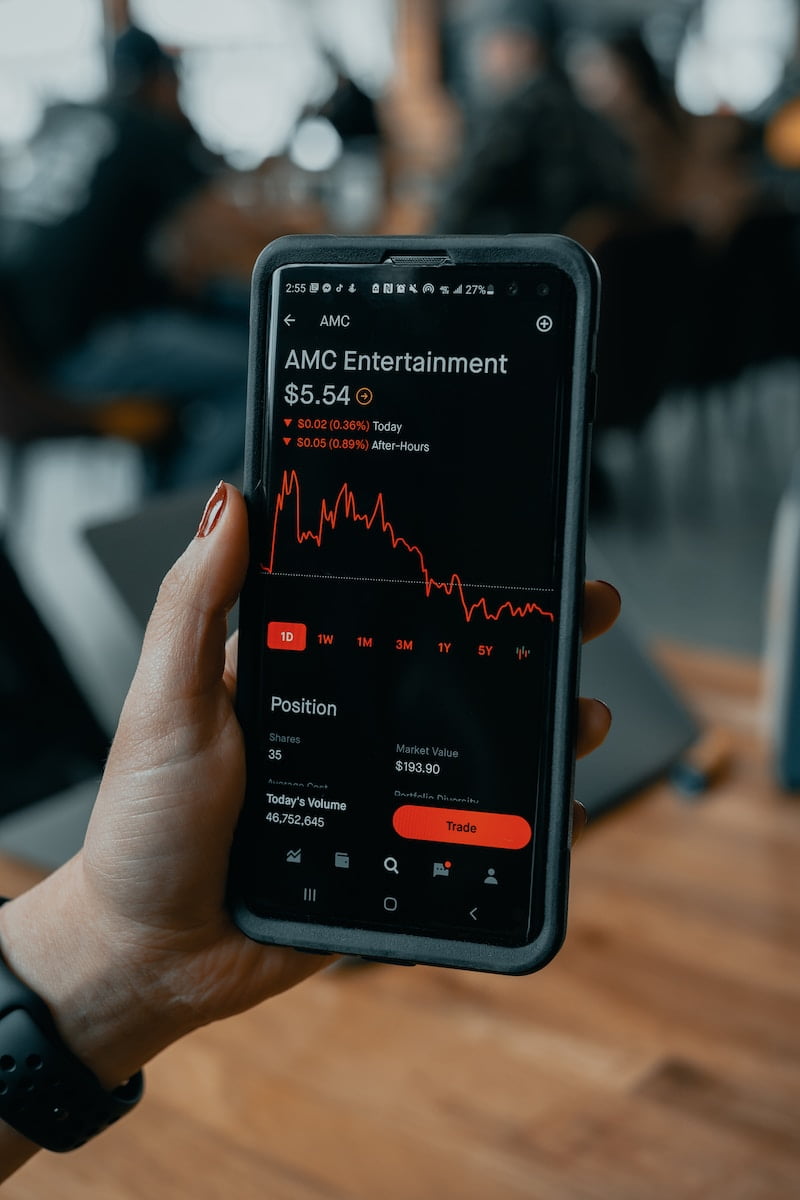
Trading Platforms: The Heart of Modern Financial Markets
In the digital age, trading platforms have become the central nervous system of the global financial markets. These sophisticated software applications enable traders and investors to execute transactions, access market data, and manage their portfolios with unprecedented ease and efficiency. In this article, we will explore the world of trading platforms, their evolution, key features, and the role they play in the contemporary financial landscape.
I. The Evolution of Trading Platforms
The Early Days
Trading platforms have come a long way since the early days of open-outcry trading pits. The advent of electronic trading in the late 20th century marked a significant shift, allowing traders to place orders electronically, eliminating the need for physical presence on trading floors.
Online Trading
The internet revolutionized trading by making it accessible to individuals and retail investors. Online trading platforms democratized financial markets, enabling anyone with an internet connection to participate.
The Rise of Algorithmic Trading
Algorithmic trading, powered by advanced trading platforms, introduced automation to financial markets. Algorithms execute trades with lightning speed, responding to market data and predefined rules.
Mobile Trading
The proliferation of smartphones brought about mobile trading platforms, giving traders the ability to manage their portfolios on the go.
II. Key Features of Trading Platforms
Order Execution
Trading platforms provide tools for executing various types of orders, including market orders, limit orders, and stop-loss orders. Efficient order execution is critical for capturing market opportunities.
Market Data and Analysis
Real-time market data, charts, technical indicators, and news feeds empower traders with the information needed to make informed decisions.
Risk Management
Robust risk management features, such as position sizing, leverage control, and risk alerts, help traders protect their capital.
Asset Variety
Modern trading platforms offer access to a wide range of asset classes, including stocks, bonds, commodities, currencies (forex), cryptocurrencies, and more.
Charting and Technical Analysis
Charting tools and technical analysis features allow traders to analyze price patterns, trends, and identify potential entry and exit points.
III. Types of Trading Platforms
Desktop Platforms
These are downloadable software applications installed on a trader’s computer. Examples include MetaTrader 4 (MT4), MetaTrader 5 (MT5), and thinkorswim.
Web-Based Platforms
Accessible through web browsers, these platforms do not require downloads or installations. They offer flexibility and can be used on various devices. Examples include TradingView and Interactive Brokers’ WebTrader.
Mobile Apps
Mobile trading apps bring the power of trading platforms to smartphones and tablets, allowing users to trade on the move. Popular examples include the apps provided by brokers like E*TRADE and Robinhood.
IV. Challenges and Risks
Technical Issues
Trading platforms are not immune to technical glitches, system outages, or connectivity issues, which can result in missed opportunities or losses.
Cybersecurity
With the increasing frequency of cyberattacks, security is a paramount concern. Trading platforms must employ robust security measures to protect user data and funds.
Over-Reliance on Automation
Algorithmic trading platforms, while powerful, can be vulnerable to unexpected market events, causing unintended consequences.
V. The Future of Trading Platforms
Artificial Intelligence (AI) and Machine Learning (ML)
AI and ML will play an increasingly significant role in trading platforms, automating decision-making processes, and enhancing predictive analytics.
Blockchain Integration
The adoption of blockchain technology can improve transparency and security in trading platforms, particularly in cryptocurrency markets.
Regulatory Changes
Trading platforms must adapt to evolving regulatory landscapes, addressing issues like market manipulation and investor protection.
User Experience (UX) Enhancement
User-friendly interfaces and intuitive design will continue to be a focus, ensuring traders have a seamless experience.
Trading platforms are the lifeblood of modern financial markets, facilitating the execution of billions of transactions daily. They have evolved from traditional trading pits to sophisticated digital ecosystems accessible to traders of all backgrounds. As technology advances, trading platforms will continue to adapt, incorporating AI, blockchain, and other innovations to meet the evolving needs of market participants. Whether you are a day trader, an institutional investor, or a long-term investor, the trading platform you choose can significantly impact your success in navigating the complexities of today’s financial markets.
